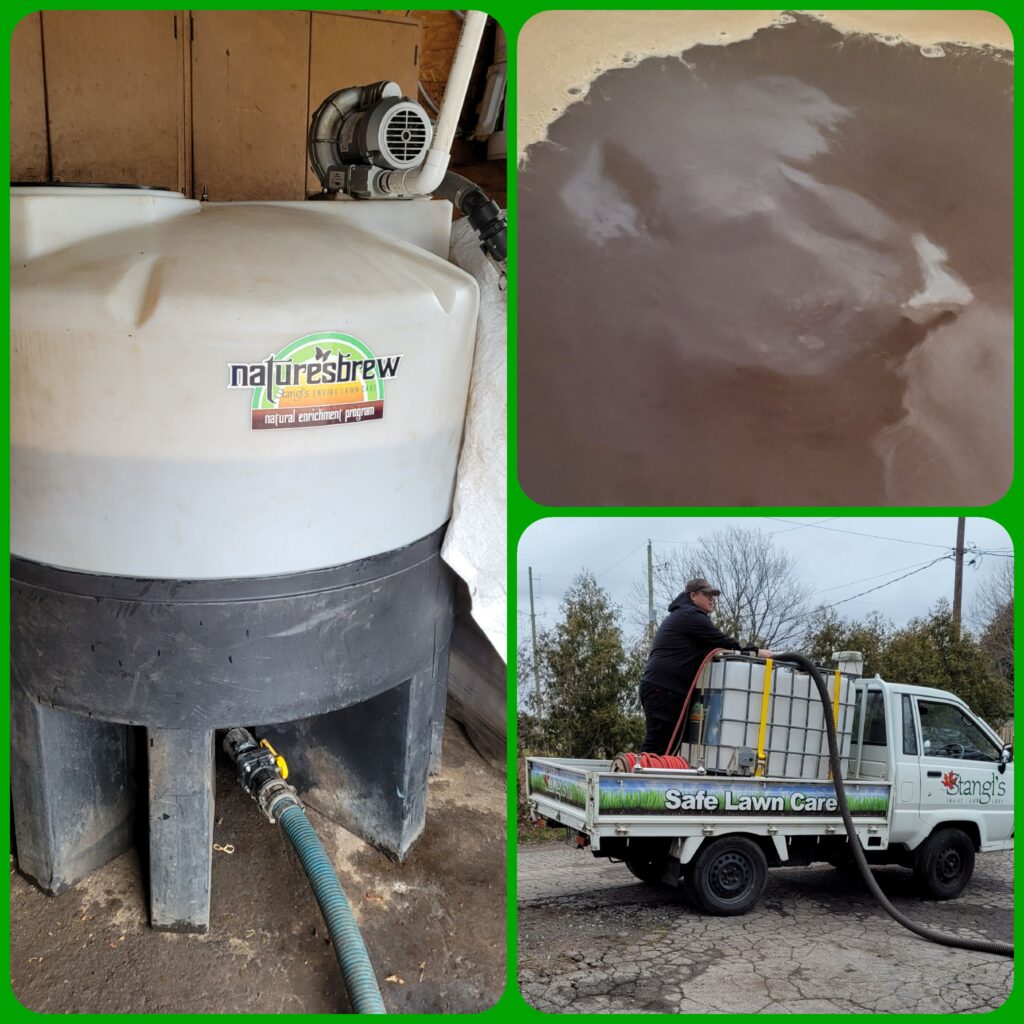Turning lifeless dirt into rich, fertile soil can seem daunting, but it all comes down to addressing one critical factor: the lack of carbon. The most efficient way to breathe life back into dirt is by using seeds, coupled with biostimulants known as autoinducers, to activate resident soil microbes.
The Role of Biostimulants and Seed Coating
One of the most accessible and effective ways to achieve this is through the use of worm castings and other biological products. These natural amendments are rich in beneficial microbes and organic matter, providing the perfect environment for seeds to thrive.
While the seeds we use are typically produced for high yield, they may lack the robust biology needed to flourish in less-than-ideal conditions. This is where autoinducers come in. They send signals to the seed, essentially telling it, “The biology you need to thrive is right here, ready to rock your world.”
Building Soil Through Rhizosheath Formation
As the seed germinates and grows, it produces a rhizosheath—a layer of soil that clings to the roots, enriched with microbial life. This rhizosheath not only helps build soil but also interacts with existing plants, fostering a symbiotic community.
Within this rhizosheath, there are anaerobic zones where nitrogen-fixing bacteria reside. However, as Dr. Christine Jones points out, it can take up to three years to fully reestablish these crucial microbes. As these nitrogen fixers become established, phosphorus solubilizers also begin to flourish. “It’s so important to get these N fixers in place to enable the P fixers to do their job,” she emphasizes.
Macro and Micro Life: Creating a Balanced Ecosystem
As these microbial communities develop, the soil structure is further enhanced by fungal activity. Fungi help create aerobic conditions that support a diverse array of soil organisms, including protozoa, nematodes, microarthropods, and earthworms. This balance is crucial; if the system becomes too anaerobic, beneficial saprophytic fungi can turn pathogenic in an attempt to restore equilibrium by building soil carbon.
Reducing Synthetic Inputs and Enhancing Soil Health
To maintain and support this burgeoning soil life, it’s essential to reduce synthetic inputs that can disrupt the natural processes. Fish hydrolysate, for example, is a fantastic amendment. It supports fungal communities and provides plants with amino acids, which they convert into usable proteins and nitrogen.
The Simplest Path Forward: Planting Seeds with Autoinducers
Regenerating soil health is a journey that takes time, patience, and a commitment to natural methods. It all begins with the simplest action: planting a seed coated with autoinducers. From there, nature’s processes take over, transforming dirt into vibrant, life-filled soil.
